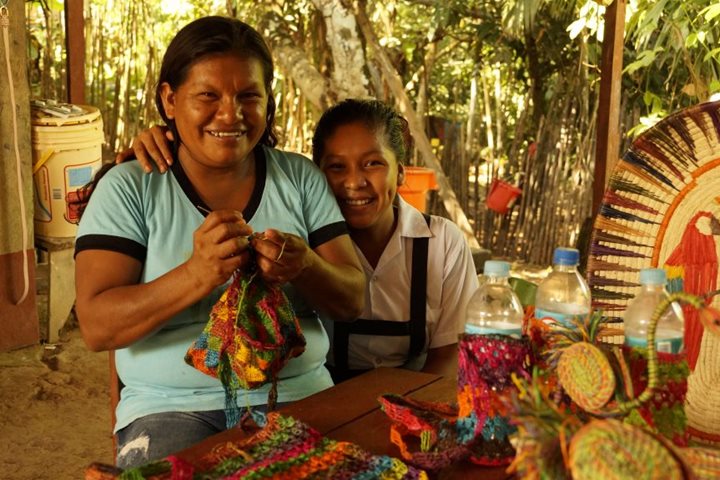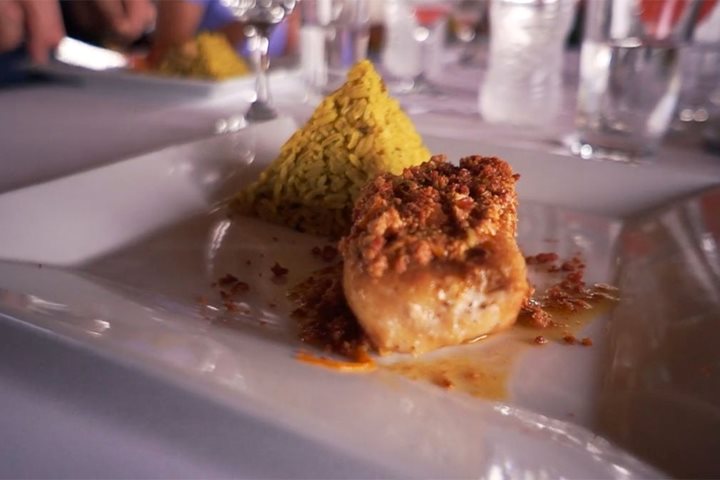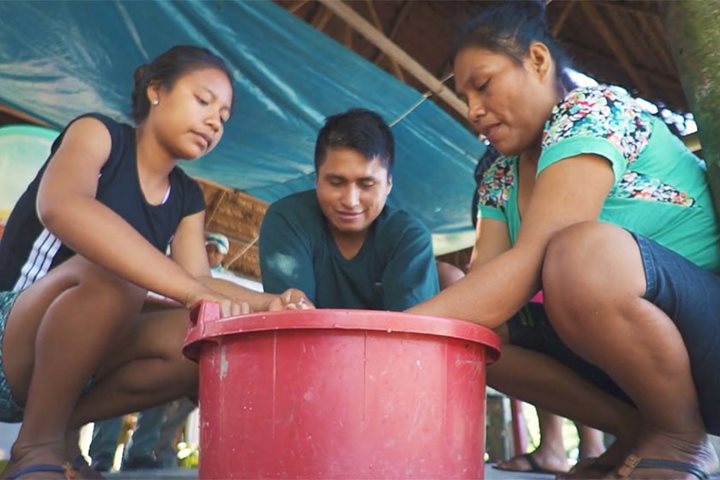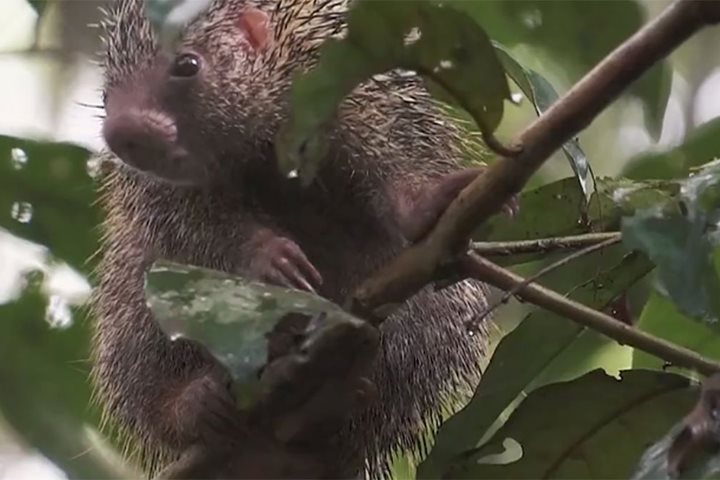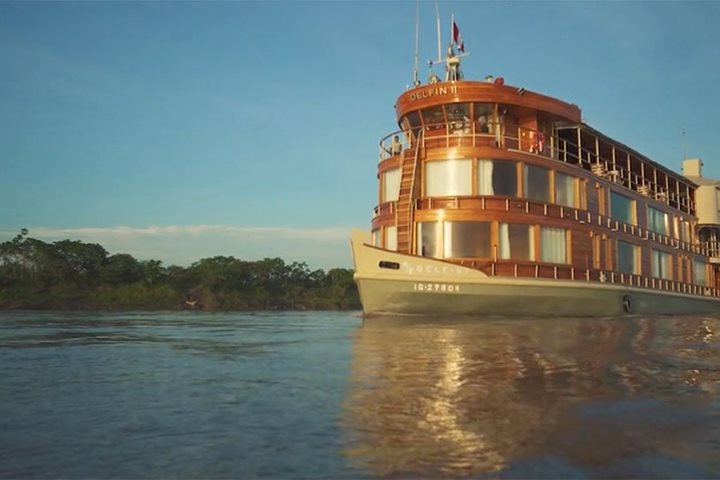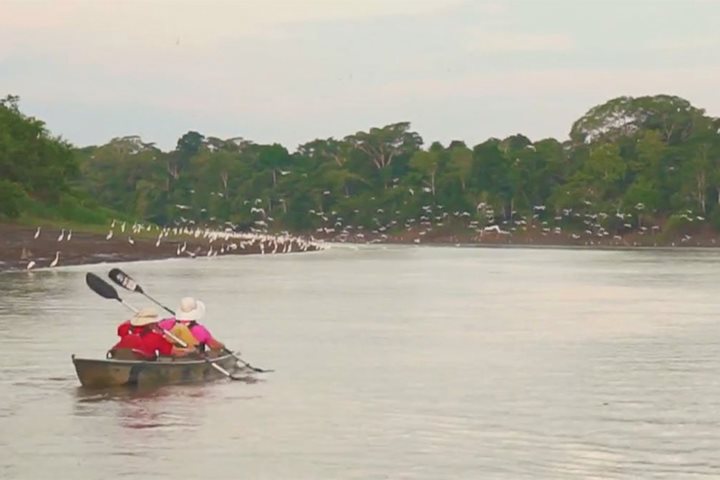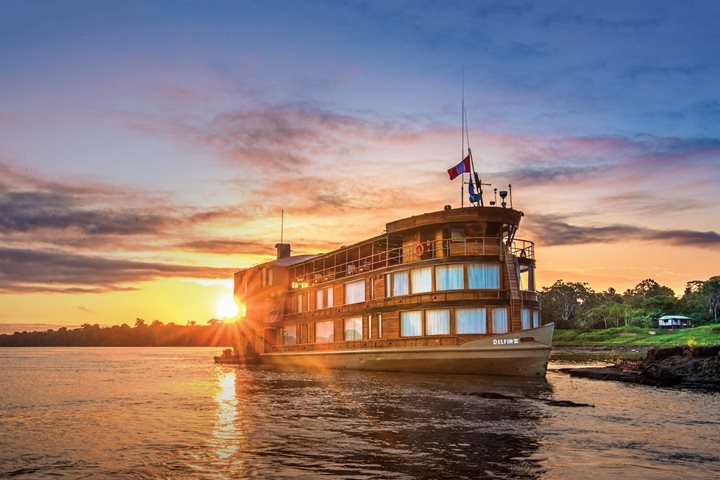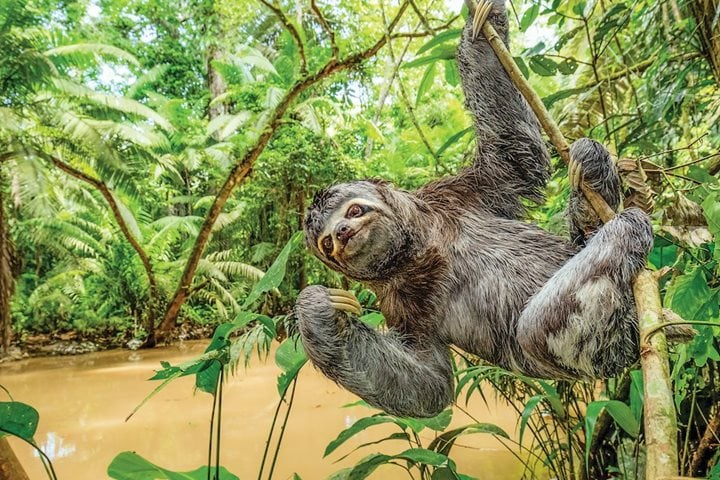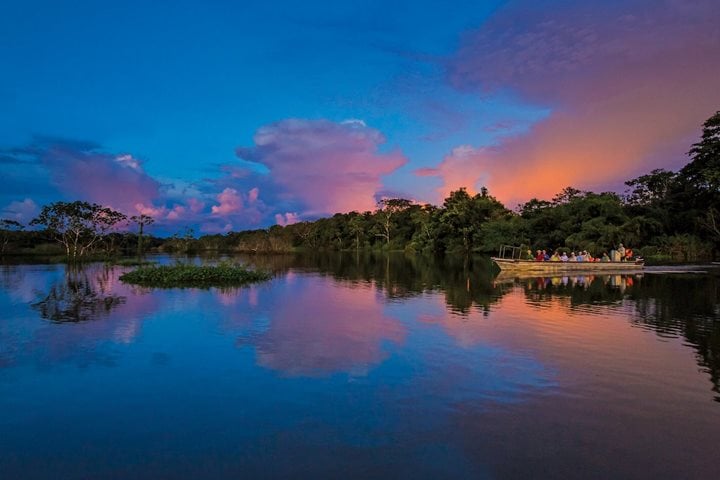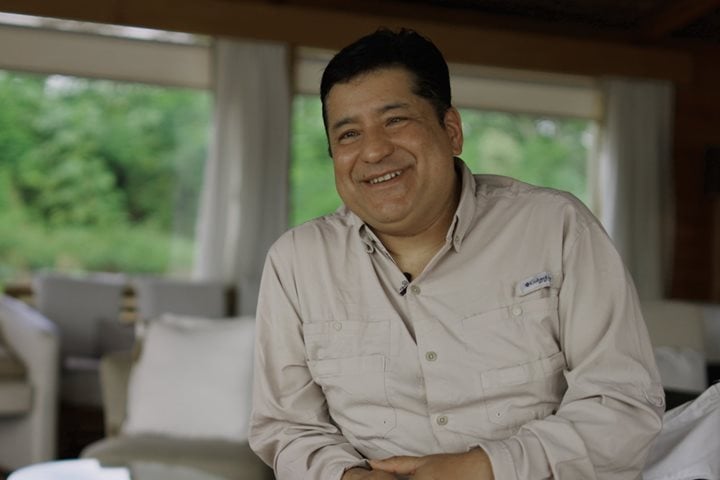Call +1.800.397.3348 or contact your travel advisor
11/17/2018
4 Min Read
Minga Peru's Commitment to the Amazon's Indigenous Women
11/25/2019
5 Min Read
7 Fascinating Birds to Find on an Amazon River Expedition
10/15/2021
Watch
Upper Amazon: Regional Flavors
10/15/2021
Watch
Upper Amazon: A Cultural Experience
10/15/2021
Watch
Upper Amazon: Exploring Peru's Pacaya-Samiria Reserve
10/15/2021
Watch
Upper Amazon Aboard Delfin II
10/15/2021
Watch
Exploring the Upper Amazon
10/18/2021
4 Min Read
Highlights from a Wonder-Filled Week on the Amazon River
10/18/2021
3 Min Read
Wild Personalities: Brown-Throated Sloth
10/21/2021
3 Min Read
Best Time to Visit the Amazon: High Season Vs. Low Season
9/22/2022
4 Min Read
A Wildlife Photo Safari in Ecuador’s Yasuni National Park
Showing 12 of 12

